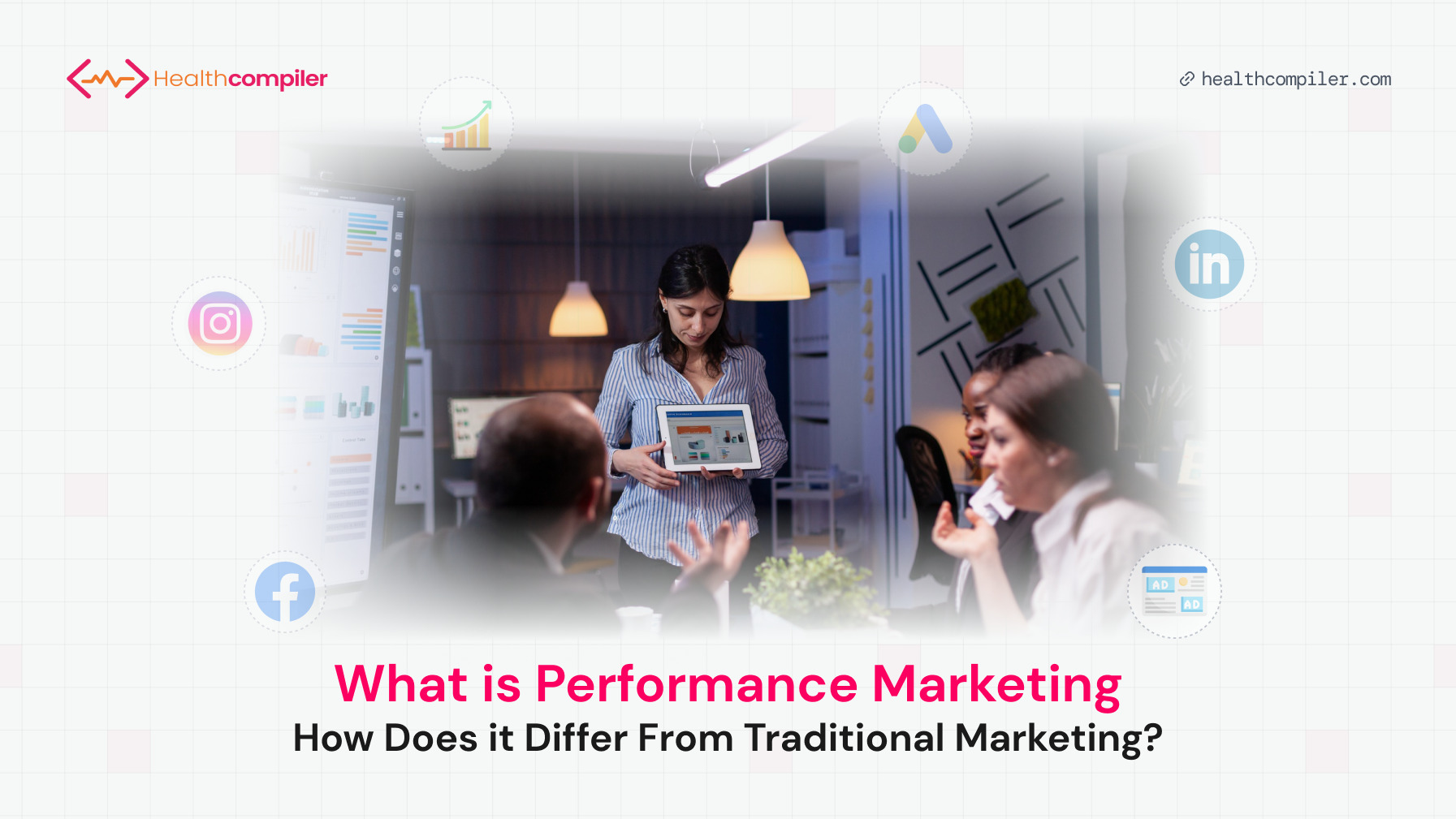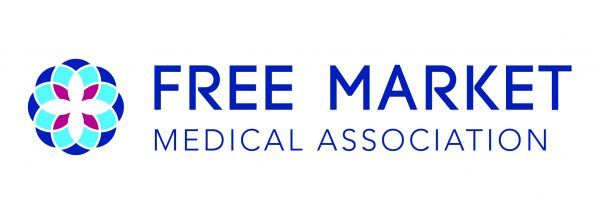What is Performance Marketing: How Does it Differ From Traditional Marketing?

Performance marketing is a digital marketing strategy where advertisers pay only when a specific action is completed, such as a purchase or filling out a form. This contrast traditional marketing, where advertisers pay for ad placement regardless of the results. Performance marketing is more flexible and dynamic, allowing marketers to target specific audiences, measure ad performance, and iterate to suit users' tastes and preferences.
There are various types of performance marketing strategies, including:
1. Affiliate Marketing: Partnerships with individuals or other businesses to promote products or services in exchange for a commission on sales or leads generated.
2. Influencer Marketing: Leveraging influencers to promote products or services to their audience in exchange for compensation.
3. Paid Marketing and Advertising: Paying for ad placements on digital platforms such as social media, search engines, or websites, with payment based on performance metrics.
4. Search Engine Marketing (SEM): Using paid advertising to increase visibility in search engine results pages (SERPs).
5. Native Advertising: Creating ads that match the form and function of the platform they appear on, providing a more seamless and less intrusive advertising experience.
Performance marketing aims to deliver measurable results, which requires a deep understanding of the target audience. Creating buyer personas, which are fictional representations of ideal customers based on data and research, is crucial for effective targeting. Data-driven advertising enables marketers to gain an authentic understanding of their target group and improve their targeting strategies.
What is Data-Driven Advertising: How Does it Improve the Effectiveness of Marketing Campaigns?
Data-driven advertising utilizes data and analytics to optimize the entire marketing process, including ad placement and messaging. It focuses on collecting and analyzing large amounts of data from various sources to deliver personalized ads to the right audience at the right time.
Here are some ways data-driven advertising improves marketing effectiveness:
1. Provide Deep Insights About the Buyer: Data-driven advertising offers valuable insights into the buying behavior of the target audience. Marketers can create detailed buyer personas based on this data, enabling them to tailor marketing messages to specific consumer segments.
2. Strengthen Online Authority: By delivering what their audience is searching for, businesses can enhance their online authority. Data-driven advertising helps marketers understand their audience better, allowing them to create products, services, and marketing messages that meet their needs and preferences, thereby increasing customer satisfaction and building trust.
3. Make More Informed Decisions: Data-driven advertising enhances decision-making by providing insights into customer behavior and preferences. These insights enable businesses to make informed marketing decisions that drive customer engagement and conversion.
4. Faster Time-to-Market (TTM): Shortening the time-to-market enables companies to introduce products or services quicker, capturing more revenue and market share. Data-driven marketing helps reduce time-to-market by automating tasks such as market and customer research.
How Can Performance Marketing and Data-Driven Advertising Contribute to Better ROI and Business Growth?
1. Precise Audience Targeting: Performance marketing and data-driven advertising offer detailed insights into buyer personas, including demographics, interests, and behavior patterns. This information helps create targeted campaigns that reach the right audience at the right time.
2. Optimized Ad Spend: By analyzing historical data and performance metrics, marketers can identify the most effective channels. This allows them to allocate their budget to the channels that deliver the best ROI.
3. Real-Time Monitoring and Adjustments: Data analytics tools enable marketers to monitor campaigns in real time. They can quickly identify underperforming ads and adjust improve results. This flexibility allows them to respond to market changes and stay competitive.
What are the Essential Components of a Successful Performance Marketing Strategy?
1. Audience Segmentation: Marketers recognize the uniqueness of each target audience member and segment them based on commonalities. This allows for personalized messaging to different audience segments.
2. User-Friendly Landing Page: A well-designed and maintained landing page is crucial for a positive user experience, which directly impacts conversions and click-through rates. Marketers should regularly audit their landing pages to ensure they are user-friendly.
3. A/B Testing and Optimization: Testing different marketing strategies through A/B testing helps identify the most effective approach. Marketers can optimize their campaigns based on the results to improve key performance indicators (KPIs).
4. Data Privacy Compliance: Adhering to data privacy laws and respecting customer information is paramount. Staying compliant with data privacy trends builds trust with customers and ensures the meaningful use of data in marketing strategies.
What are the Best Practices for Leveraging Data to Optimize Advertising Performance?
1. Understand Your Audience: The effectiveness of performance marketing hinges on accurate customer data. Even with a robust data collection process, data is meaningless if it doesn't reflect customers' needs, preferences, and pain points. To succeed, marketers must familiarize themselves with their target audience through market research, creating buyer personas, and analyzing internal and external data. Social media can also be utilized to gather unfiltered feedback directly from the audience.
2. Manage Data: Successful data-driven marketing campaigns require high-quality data collection and effective data management. This enables a better understanding of audiences and identifies new marketing opportunities to reach them.
3. Real-Time Optimization: Marketers can use real-time data to adjust their bids, ad budgets, and targeting parameters to improve campaign performance.
4. Retargeting: Retargeting campaigns can re-engage users who have previously visited a website but haven't converted yet. These campaigns often have higher conversion rates as they target users who have already shown interest in products or services.
5. Use Conversion Tracking: Implementing conversion tracking on websites helps accurately attribute conversions to specific ads. This information is crucial for understanding which ads drive valuable actions and optimizing campaigns accordingly.



